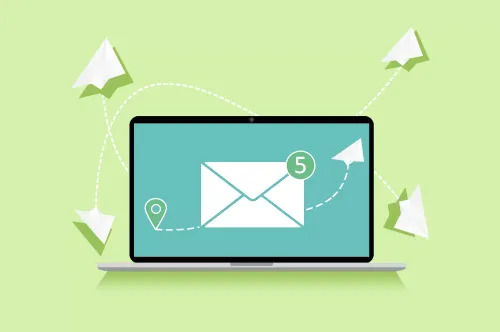In the realm of email marketing, timing isn't just a factor—it's the linchpin of success. The moment you choose to hit 'Send' can dramatically influence the impact of your email campaign. This article delves into the secrets of successful email timing, offering insights that will help you optimize your approach and ensure your emails not only reach your audience but also engage them.
1. Decoding Your Audience's Online Behavior
Understanding when your audience is most likely to engage with emails is crucial. This varies depending on numerous factors like demographics, profession, and even lifestyle. For instance, busy professionals might prefer checking their emails early in the morning or during lunch breaks, while others might be more responsive in the evening. Employ analytics to track open and click-through rates, tailoring your timing to align with these patterns.
2. Time Zone Triumphs
In a globalized world, time zones are a critical aspect of email marketing. What is morning for you could be the middle of the night for a recipient on the other side of the globe. Segmenting your email list based on geographic location can help you customize send times, ensuring your email arrives at a time that is convenient for all recipients.
3. Weekdays vs. Weekends: Picking Your Moment
The day you choose to send your email can significantly affect its open rates. While Tuesdays and Thursdays typically see high engagement, this isn't a one-size-fits-all rule. Your specific audience might engage more on weekends. Experiment with sending emails on different days and analyze the responses to discover the most effective timing for your audience.
4. Seasonal Sensitivity and Event Alignment
Aligning your emails with relevant seasons, holidays, or industry-specific events can amplify engagement. For retail, aligning emails with shopping holidays like Black Friday is effective. But, it's also important to avoid times when your audience is likely to be overwhelmed with emails, such as major holidays.
5. Finding the Frequency Sweet Spot
Determining the optimal frequency of emails is a delicate balancing act. Too many emails can lead to audience fatigue and unsubscribes, while too few can diminish your brand's presence in their minds. Start with a moderate approach and adjust based on audience feedback and engagement metrics.
6. The Magic of Automation
Automation tools are invaluable in email marketing. They allow you to schedule emails for optimal times, even if you're not actively managing the process. Some tools can also trigger emails based on user actions, ensuring timely and relevant engagement.
7. The Imperative of Continuous Testing
The 'perfect timing' is a moving target and varies widely among different audiences and industries. Regular testing and adapting to the results is key. Continuously experiment with different timings, monitor the outcomes, and refine your strategy accordingly.
Conclusion
Mastering the art of email timing is a journey of understanding your audience, respecting global time differences, aligning with relevant events, maintaining appropriate frequency, leveraging automation, and embracing continuous improvement. By applying these secrets, you're well on your way to transforming your email campaigns into powerful tools of engagement and conversion.
Remember, the best time to send an email is when it's most likely to be read and appreciated – and finding that moment is a blend of science, strategy, and a bit of intuition.



